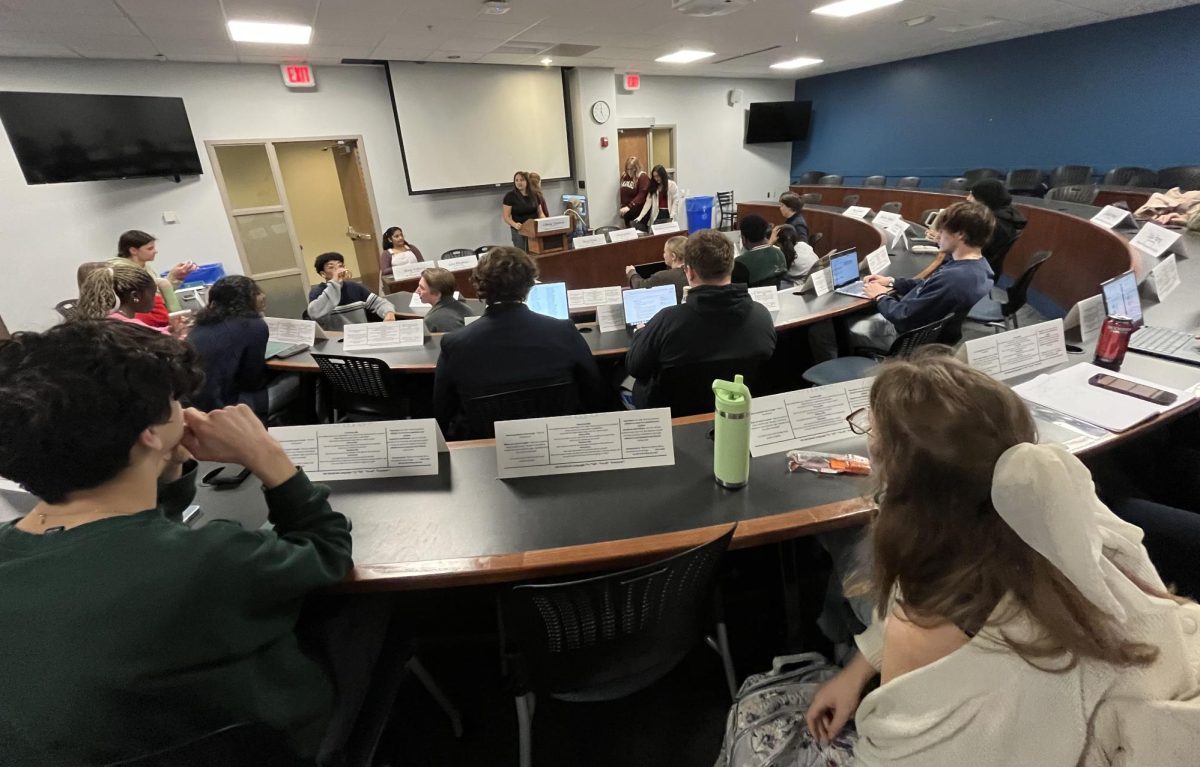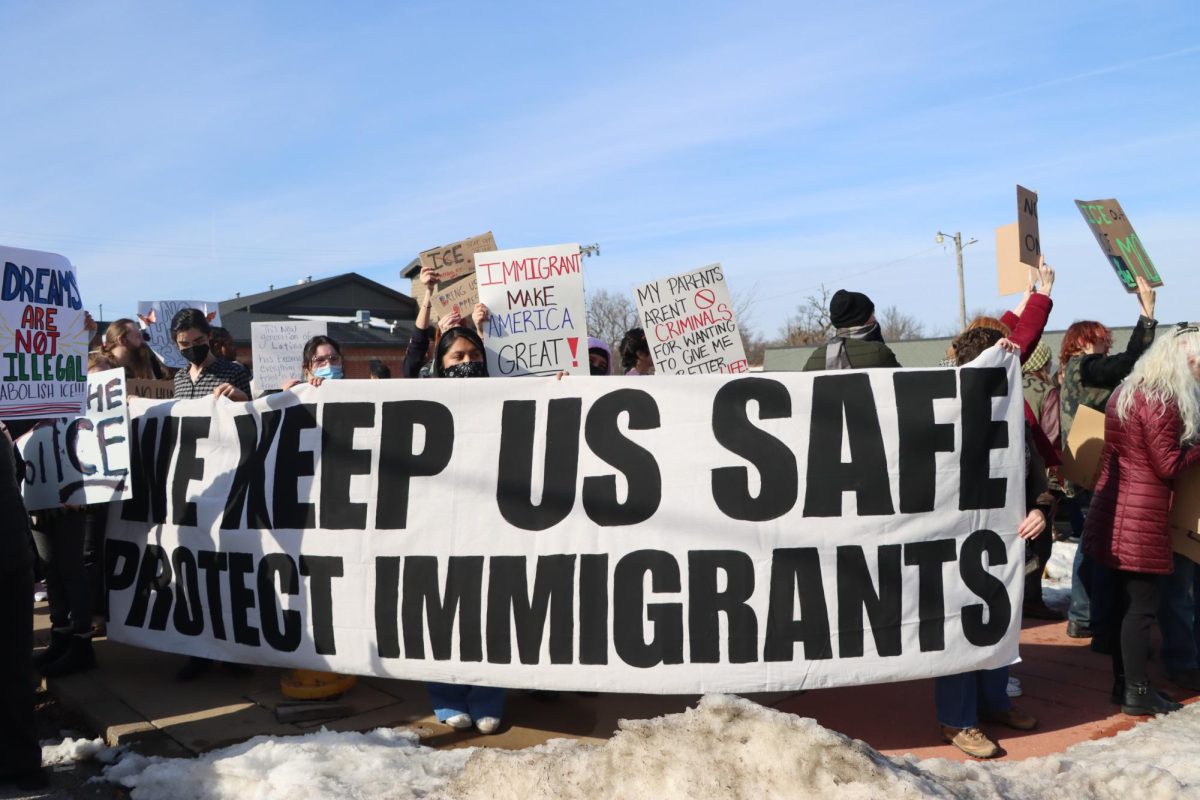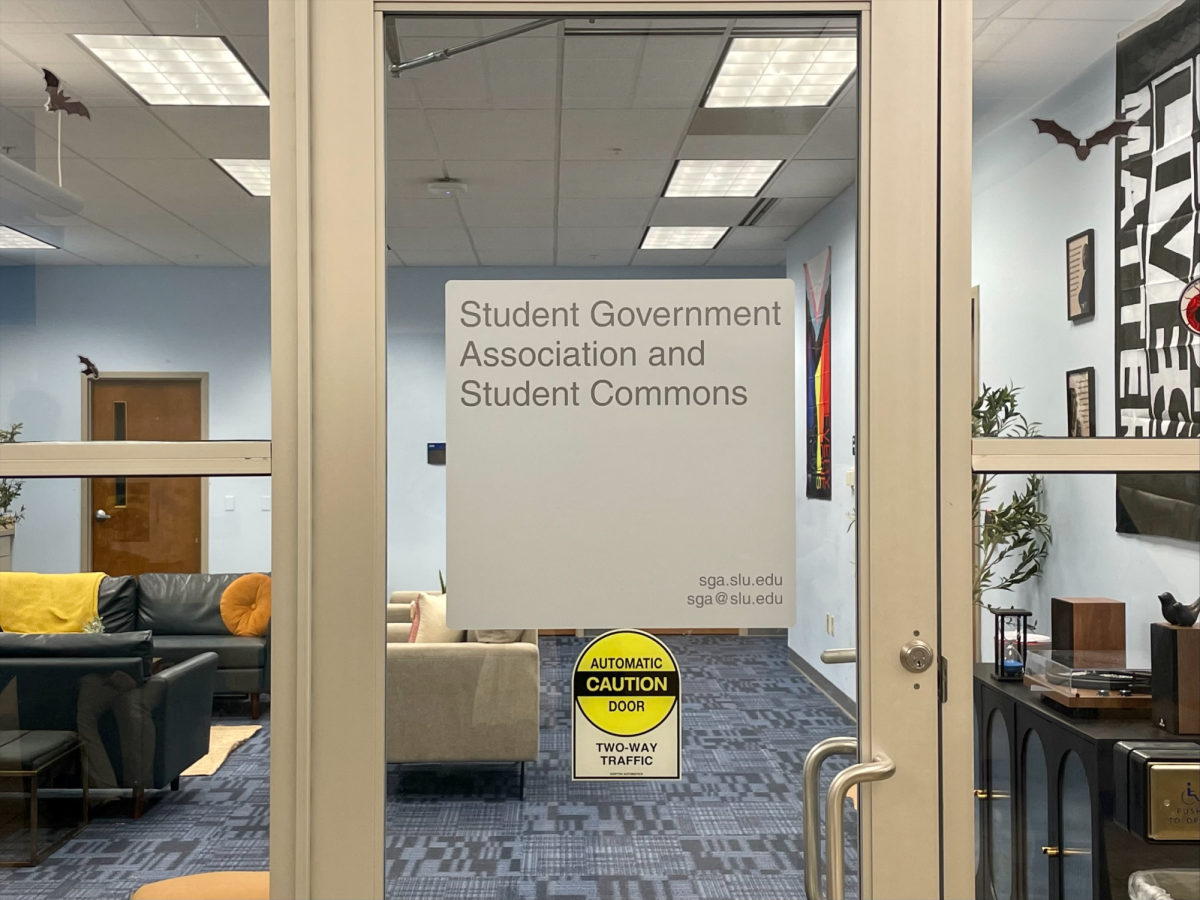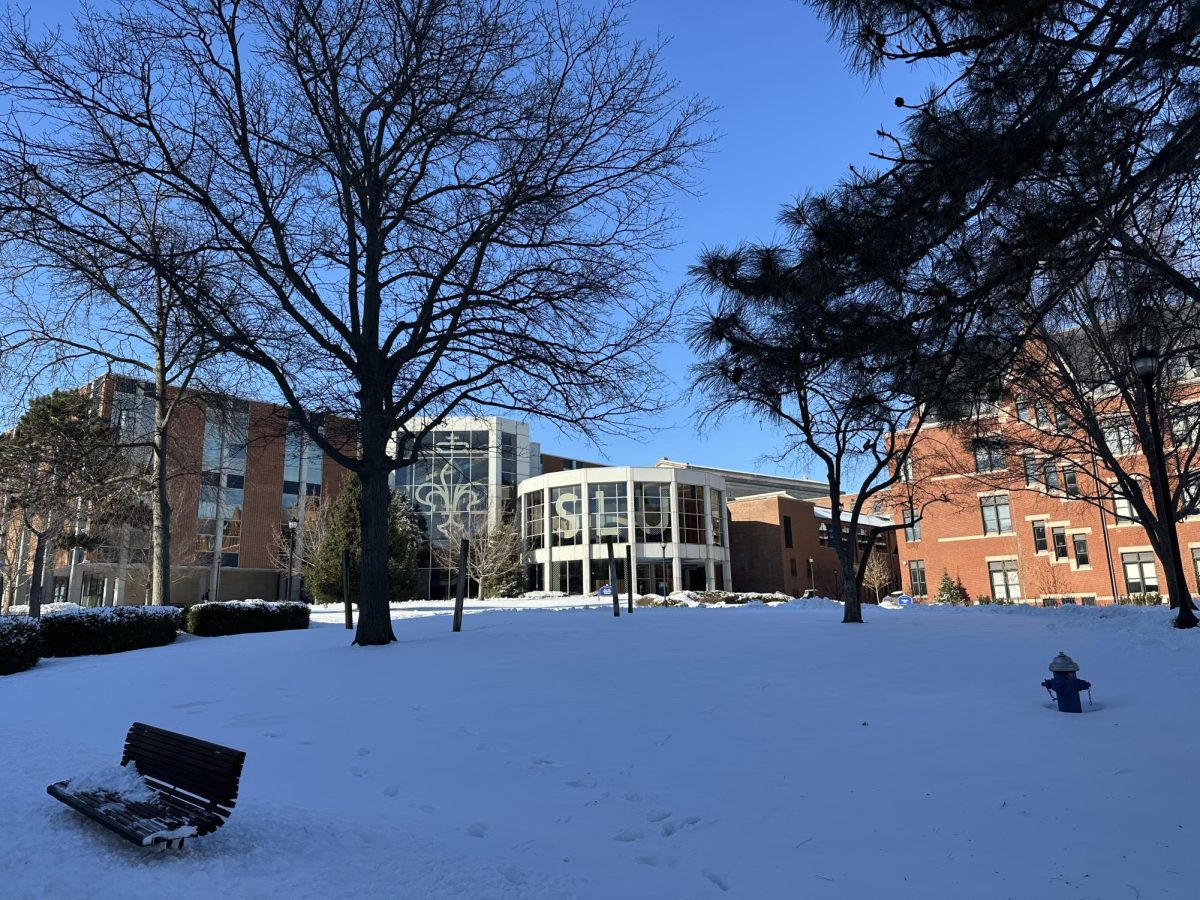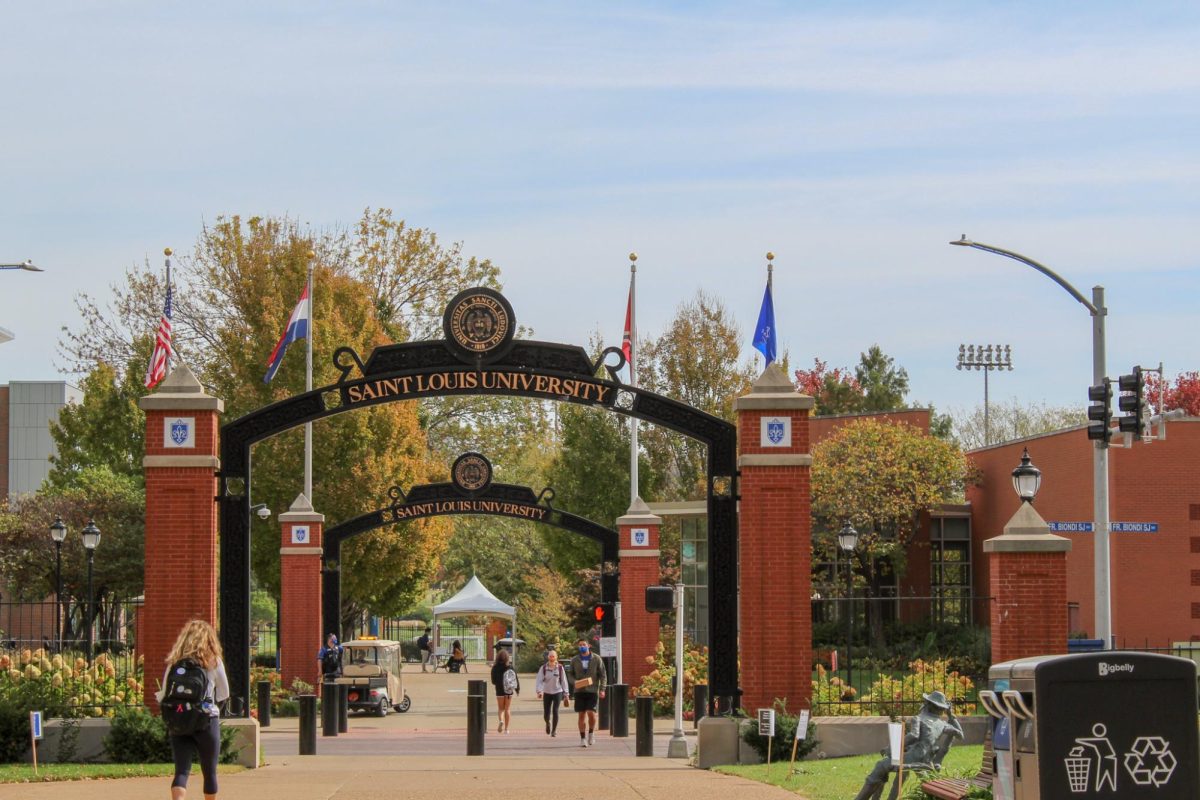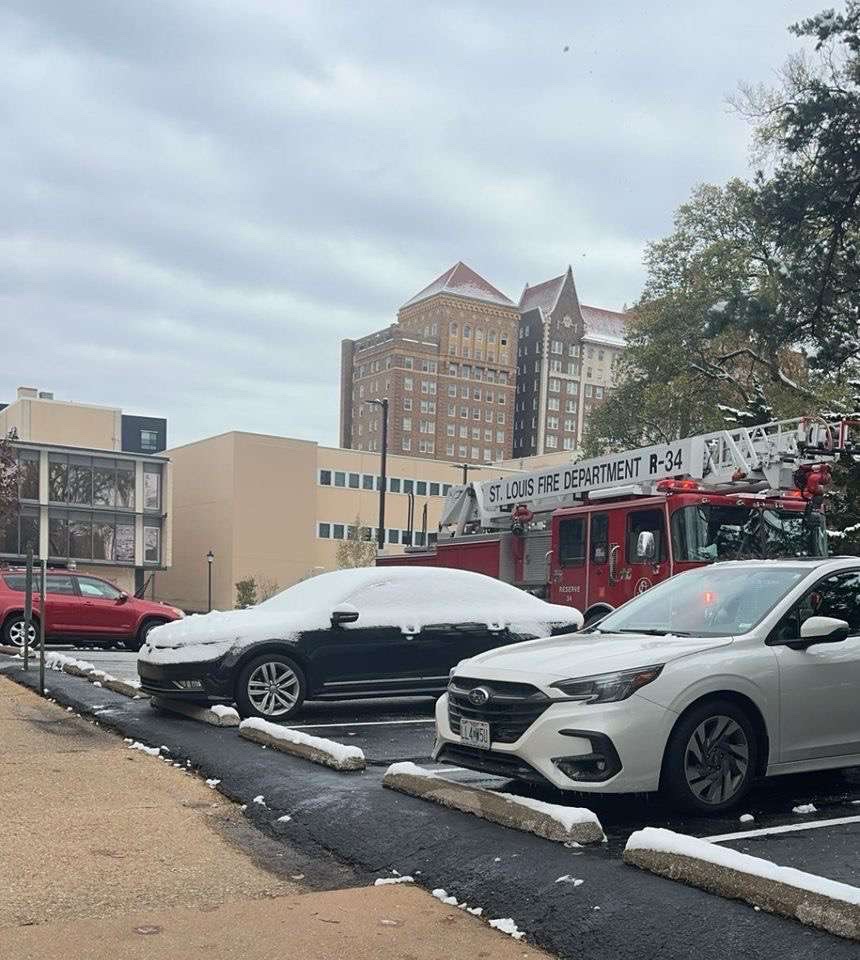One thousand seven hundred and fifty-nine: That is the distance in miles that separates Saint Louis University from the city of Port-au-Prince, the capital of the small Caribbean country of Haiti.
On Tuesday, Jan. 12, a 7.0 magnitude earthquake devastated this city and its surrounding areas, sending an emotional aftershock that could be felt by the SLU community.
“I was paralyzed with grief, I couldn’t deal with it,” Tim Randolph, associate professor in the Department of Clinical Laboratory Science, said.
Two days earlier, before the earthquake, Randolph had just returned from a three-week trip in Haiti, where he was helping out at local medical clinics in an effort to improve the quality of health care in the region.
Now, those clinics in Port-au-Prince are heavily damaged, and the clinics outside the city have a larger patient burden from those leaving the devastated areas.
“They have people; they don’t have the supplies and that is the relief I am trying to offer,” Randolph said.
Randolph said that his sources in Gonaïves, a city north of Port-au-Prince, are informing him that people are entering their communities in “droves.” Most of these people are injured and are seeking medical attention, even though this city has only a limited amount of resources including food, water and toiletries. Randolph stresses that Haiti needs stages of relief that start with supplying these limited resources to those evacuating the damaged areas.
Randolph is collecting donations through his non-profit organization called Randolph World Ministries Inc. at randolphworldministries.org. Since its foundation more than 10 years ago, Randolph and a group of volunteers have traveled to Haiti to provide training, medical supplies and consultation to medical care providers.
One of those volunteers in Randolph’s most recent trip was Garrett Ungerer, a first year student in the physician assistants program, who describes his experience in Haiti as “priceless.”
“These people were so open to learning. They were so grateful, and when I returned from Haiti, I realized that there is no problem in my life that compares to what those people live with every day,” Ungerer said.
The earthquake left Port-au-Prince in ruins, as rubble from collapsed government buildings, foreign aid offices, banks and houses filled the streets, trapping and burying thousands of people.
When Ungerer heard about the devastation, it took a day or so for it to fully sink in.
“I was in a state of disbelief, it is surreal. I was just there and I can still remember all the people and their smiling faces,” he said. “This is just so heartbreaking to hear about all the devastation those people are now dealing with.”
Robert Herrmann, Otto Nuttli professor of geophysics, was at the National Earthquake Information Center in Colorado when the earthquake was first detected.
“Once the earthquake was detected, they quickly phoned major government agencies to inform them that this was a large earthquake and there was going to be a lot of damage and fatalities,” Herrmann said. “It only took the NEIC 10 minutes to get out detailed information on the earthquake.”
SLU’s seismographs also picked up the movement from the earthquake. According to Herrmann, the ground under SLU moved up and down about a quarter of an inch.
The death toll in Haiti stands at more than 100,000, according to the Haitian government, and that number continues to rise. United States Secretary of State Hilary Clinton stated that about 3 million people, one- third of the country’s population, have been affected by this natural disaster.
“Right now, the Haitian people need our prayers and support,” Randolph said.
Randolph is thinking of putting together an emergency team during spring break to help with the clean-up process. Having nine days off from his classes, Ungerer plans on going to “get back down there and touch lives.”



